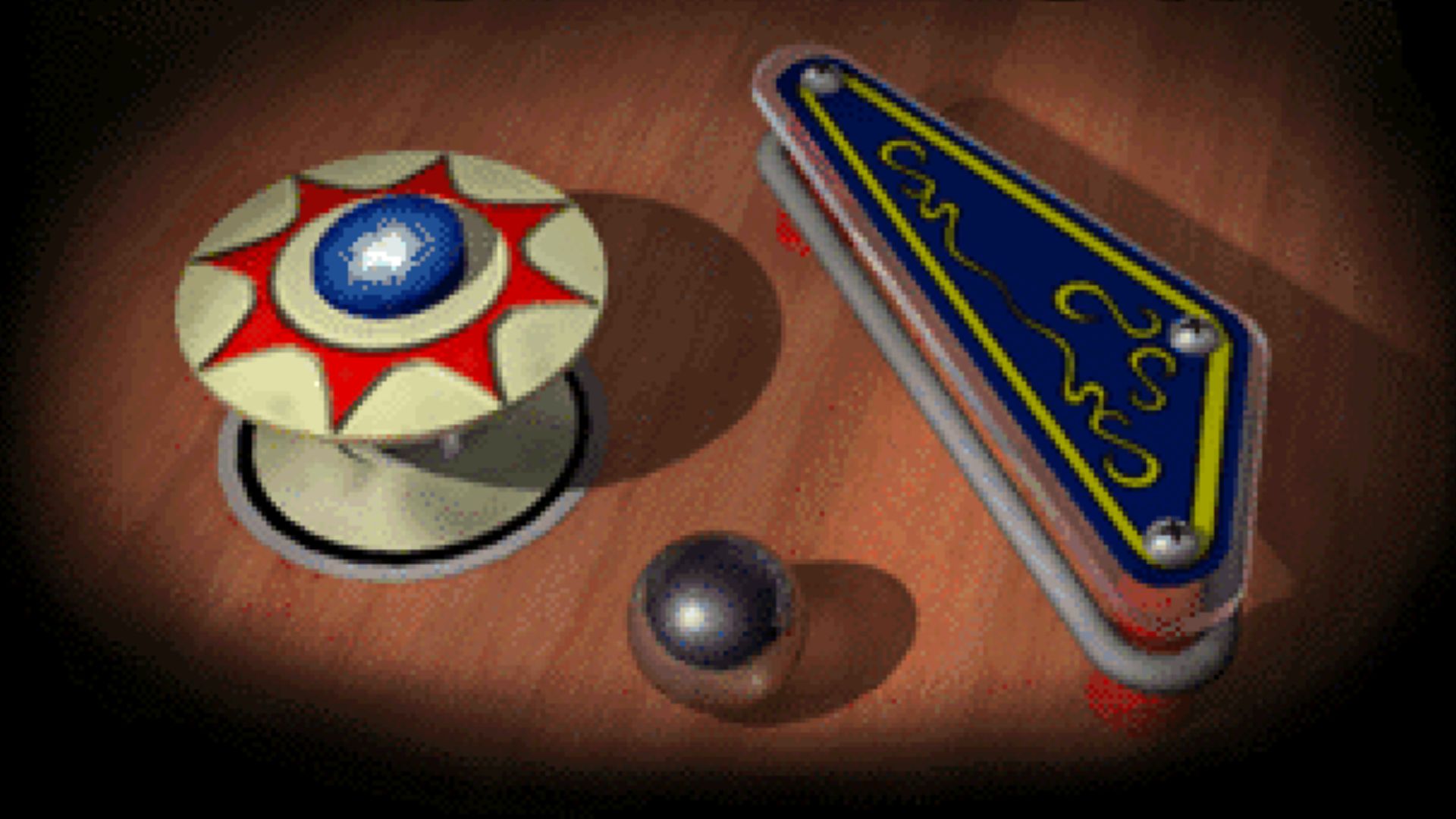Let’s have a very 90s conversation, shall we?
Back in the 90s, when Windows 95 was ✨da thing✨, and we were still using floppy disks, there was a game called Space Cadet Pinball.
Space Cadet was one of the go-to for us, the 90s kids when it came to entertainment—partially because the internet was still not as widely spread—and it was the one thing we would do during our “computer class” instead of paying attention to the explanation on how to create a website using Microsoft Word, but… did you know that that was not the full version of the game?
And here is where the marketing part of the story comes in.
A couple of days ago, while scrolling through TikTok, I found this video on TikTok that talked about how Space Cadet Pinball was nothing but a demo. Yup, there was a full version of the game.
@justsaysteven Space Cadet Pinball Was Just A Demo? #tiktokgaming #retrogaming #pinball #retrogames ♬ original sound – JustSaySteven
According to the Internet Archive, the version of Space Cadet Pinball that came with Windows was a single table from a full pinball game called “Full Tilt! Pinball”, developed by Maxis and released in 1995. The full version included three tables: Space Cadet, Skullduggery, and Dragon’s Keep. The version included in Windows was a standalone version of the Space Cadet table, intended to give users a taste of the full game.
What Happened to Space Cadet Pinball?
While Space Cadet Pinball was a great game, Maxis’ attempt to market the game via the demo had a lot of areas of opportunity. While the demo did its job of providing users with a taste of the game, the developers forgot to add anything—besides a phone number only visible by accessing the “About” section of the game—to help people know about the full version and to facilitate the transition.
But, hey! It was the 90s! Limited internet access and different marketing strategies were the norm. Still, Space Cadet Pinball’s enduring popularity as a demo speaks volumes about the power of a good game. It became a cherished part of many childhoods, a testament to the simple joys of virtual pinball.
Nowadays, demos are still a marketing tool for video games, but how they work might have changed. Today, developers might offer free-to-play versions with limited levels, or demos that showcase specific features to entice players to purchase the full game; not only that, but now it is easier—sometimes just a matter of one click—to acquire the full version of any game.
A Lesson From Space Cadet Pinball—Make it Easy
Look, nobody likes bureaucracy, which makes simplicity a key differentiator: the easier you make for people to take action, the more chances you have for them to convert. While Maxis probably could not include a link to buy the game online, having a pop-up or giving more information than just a phone number of where to find the full game could have worked wonders for them.
Any obstacle that makes it harder for a prospect to take the desired action is a form of sabotage to yourself and your offer. Anything from a complicated checkout process to a confusing website layout—or hiding your contact information on the “about” section of the demo which most likely nobody will access can make people retract from the idea of investing in your product.
So, how can we apply this lesson to modern marketing strategies? Here are a few key takeaways:
Have Clear Call-to-Actions (CTAs)
Make sure your audience knows what you want them to do next: buying a product, signing up for a newsletter, or downloading a whitepaper, the CTA should be clear and compelling.
Simplify the User Experience
Minimize the steps required to complete an action. The fewer clicks or forms, the better. Streamline the user journey to reduce friction and increase conversions.
Make Important Information Visible and Accessible
Important information should be easy to find. Don’t hide essential details like contact info, pricing, or product benefits. Make sure these elements are prominently displayed.
Create Engaging Content
Use demos, free trials, or samples to give potential customers a taste of your product. Ensure these previews are engaging and highlight the best features to entice further interest—and maybe to encourage people to create some content around your brand 😉
Utilize Modern Tools
Today’s technology allows for more interactive and engaging ways to showcase products. Use video content, interactive demos, and virtual try-ons to provide a richer experience.
Feedback and Iteration
Feedback is ALWAYS important. Learn from past mistakes and continuously improve. Gather feedback and make necessary adjustments to your marketing approach and user experience.
The story of Space Cadet Pinball is a nostalgic reminder of simpler times, but it also serves as a valuable lesson in marketing. The game’s lasting appeal despite its limited exposure highlights the importance of a strong product. However, coupling a great product with effective, user-friendly marketing strategies can amplify success. So, whether you’re promoting a retro game or the latest tech gadget, remember to make it easy, make it engaging, and make it accessible.
Bonus Info: You can still play online. Happy gaming!






